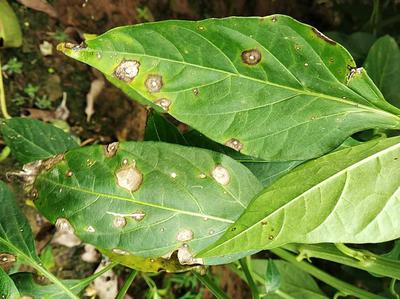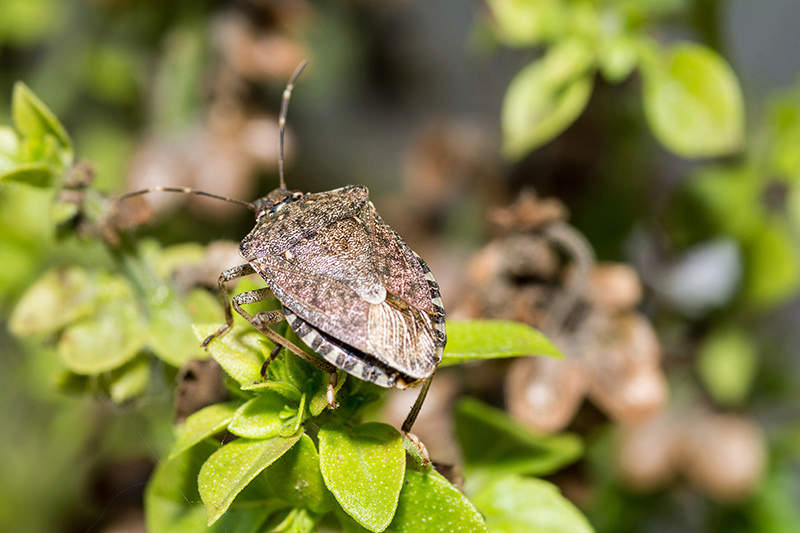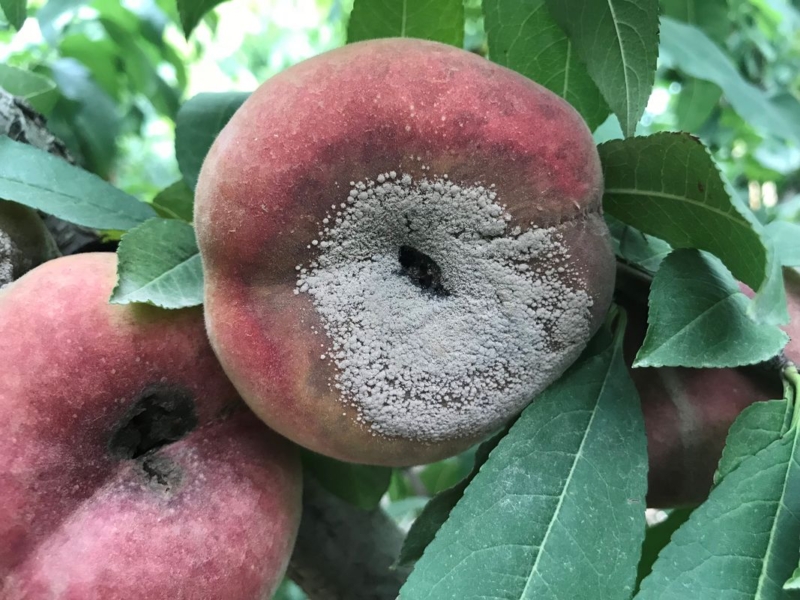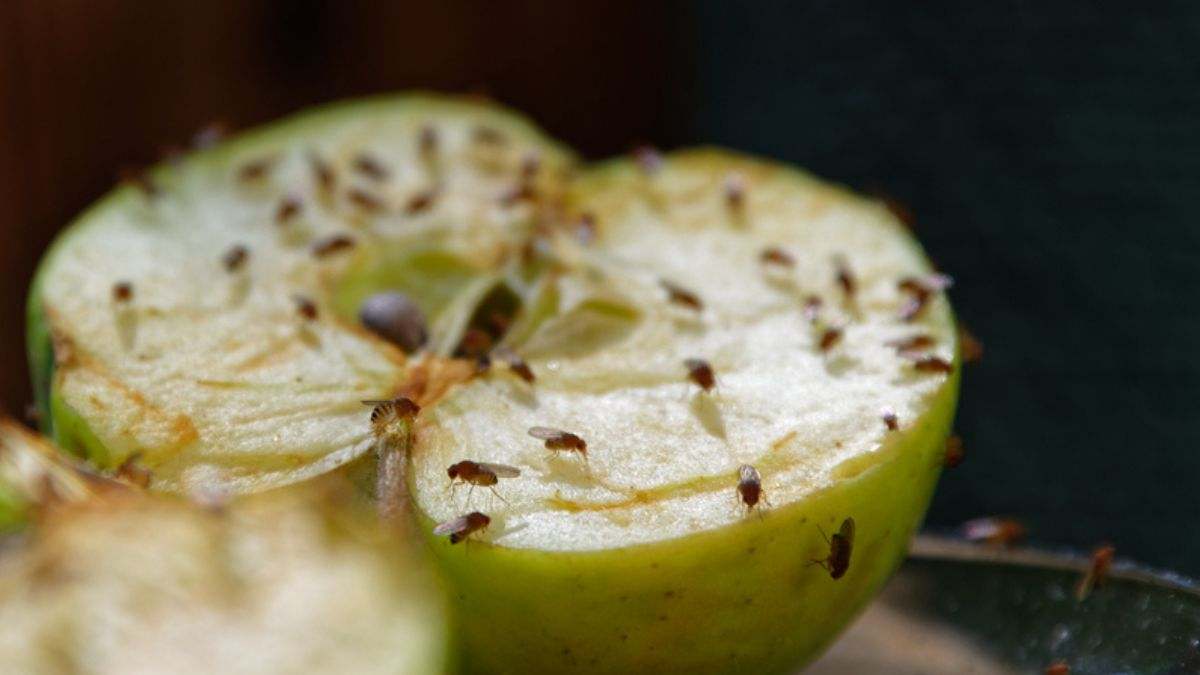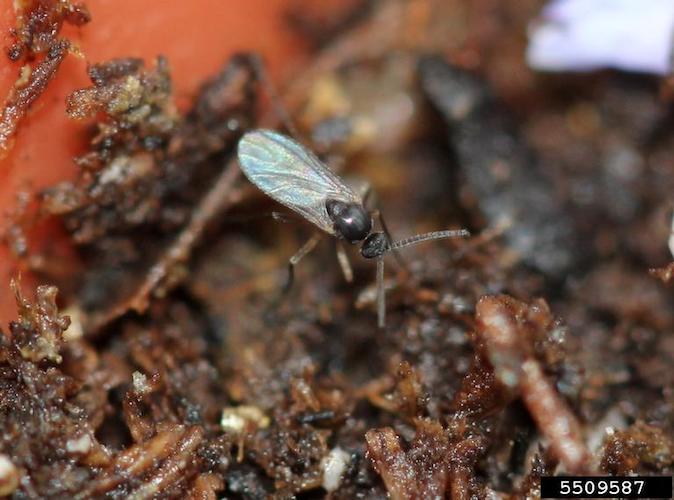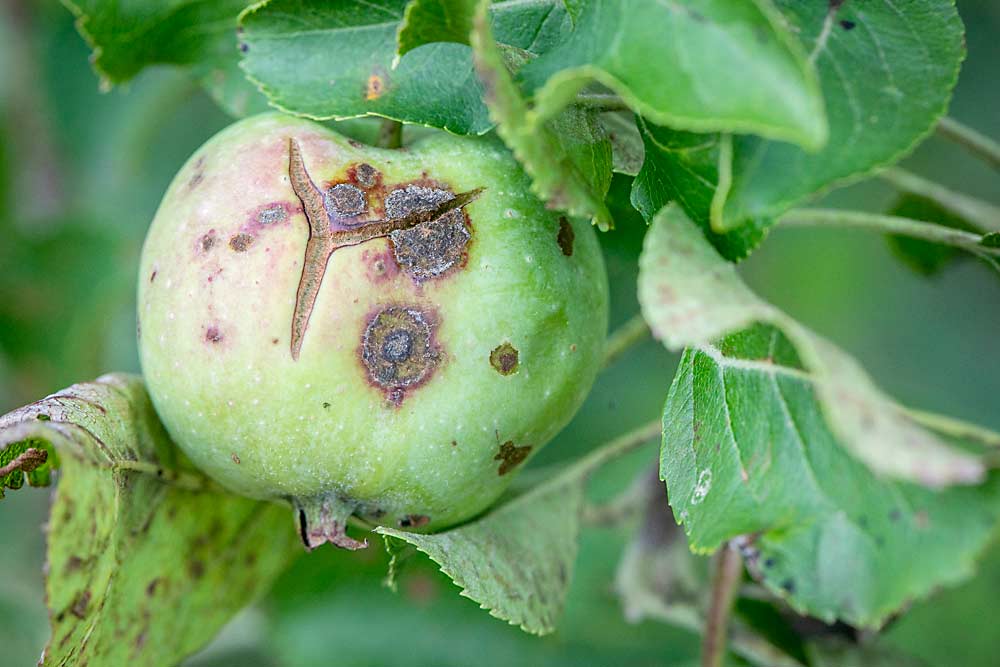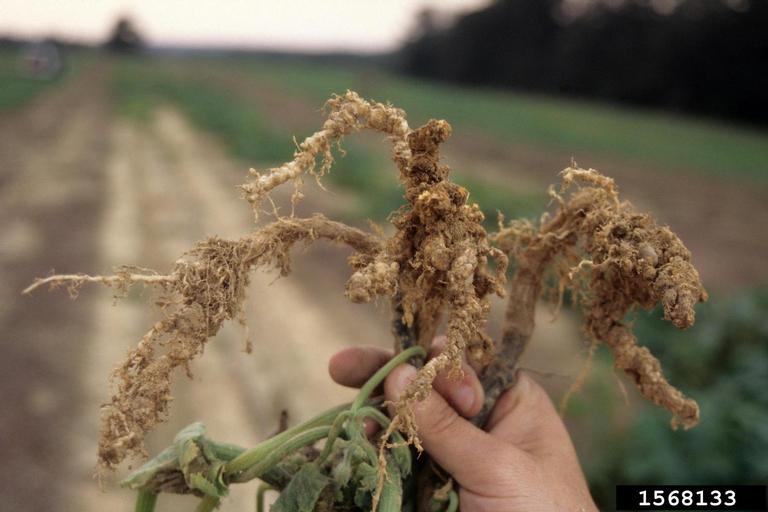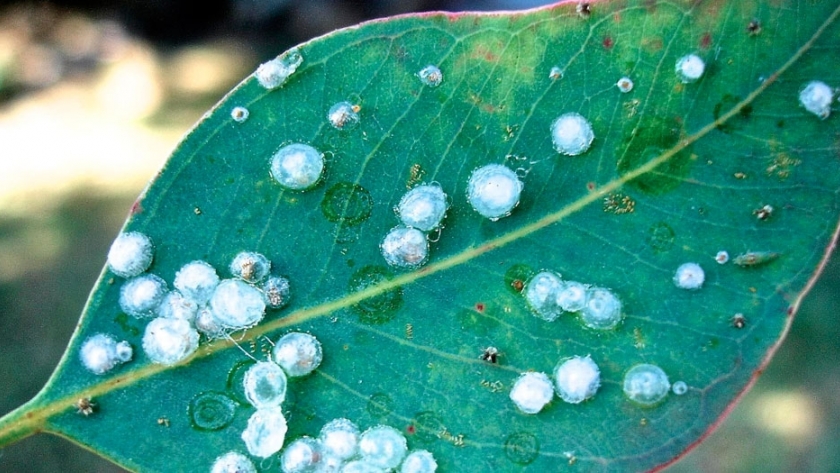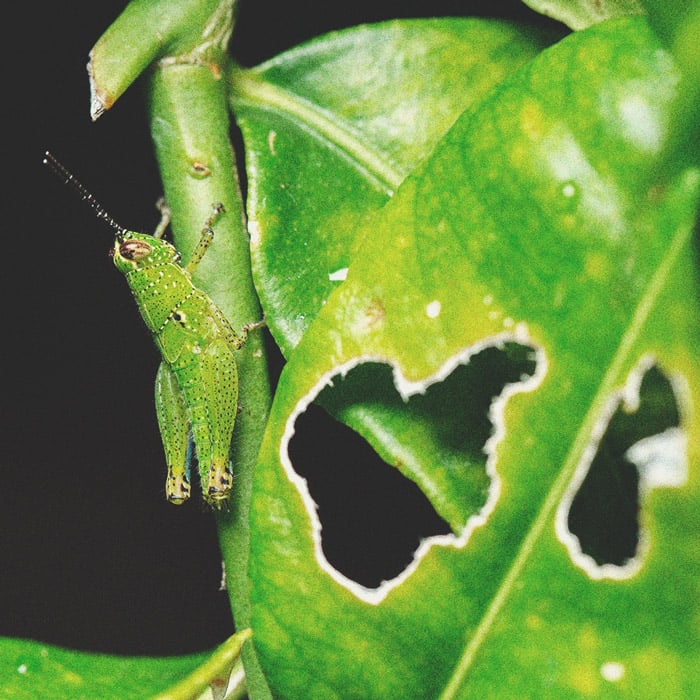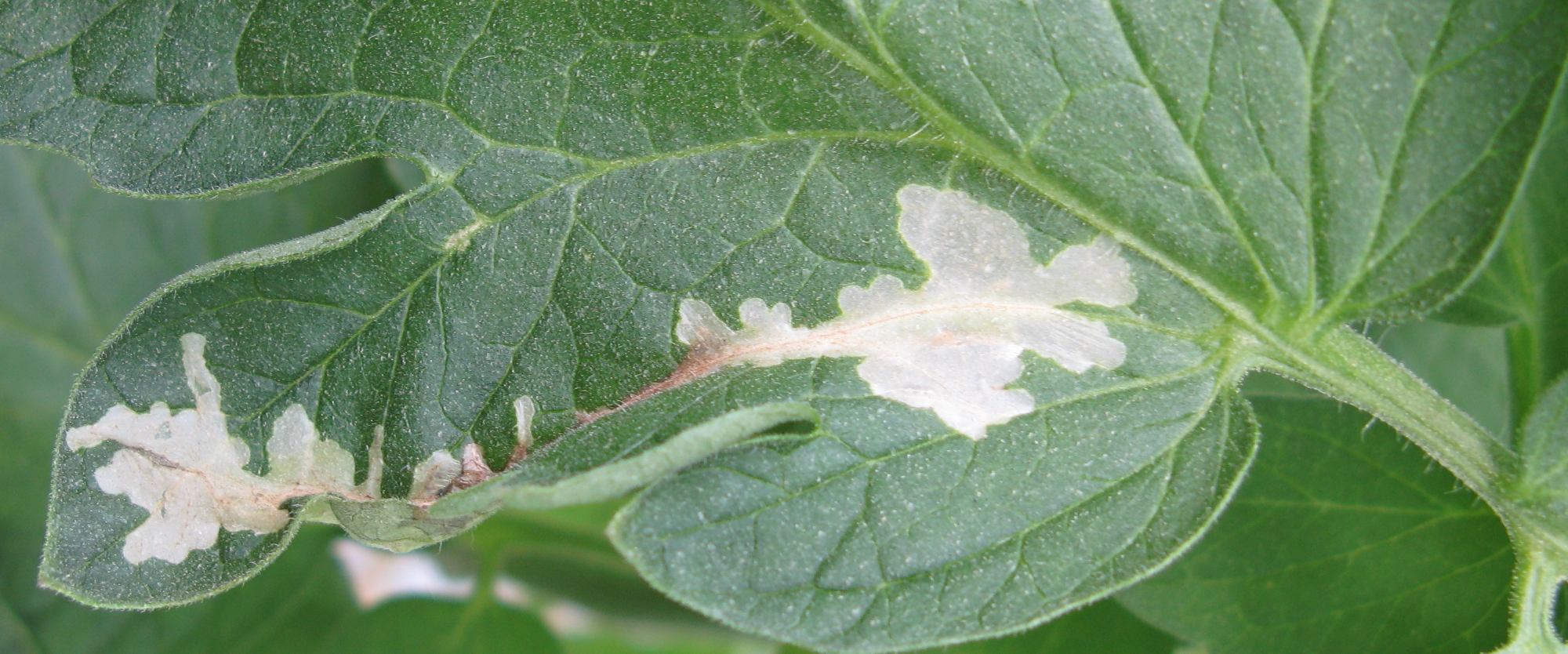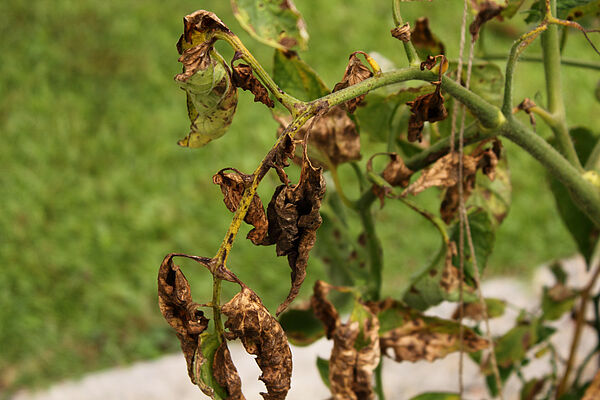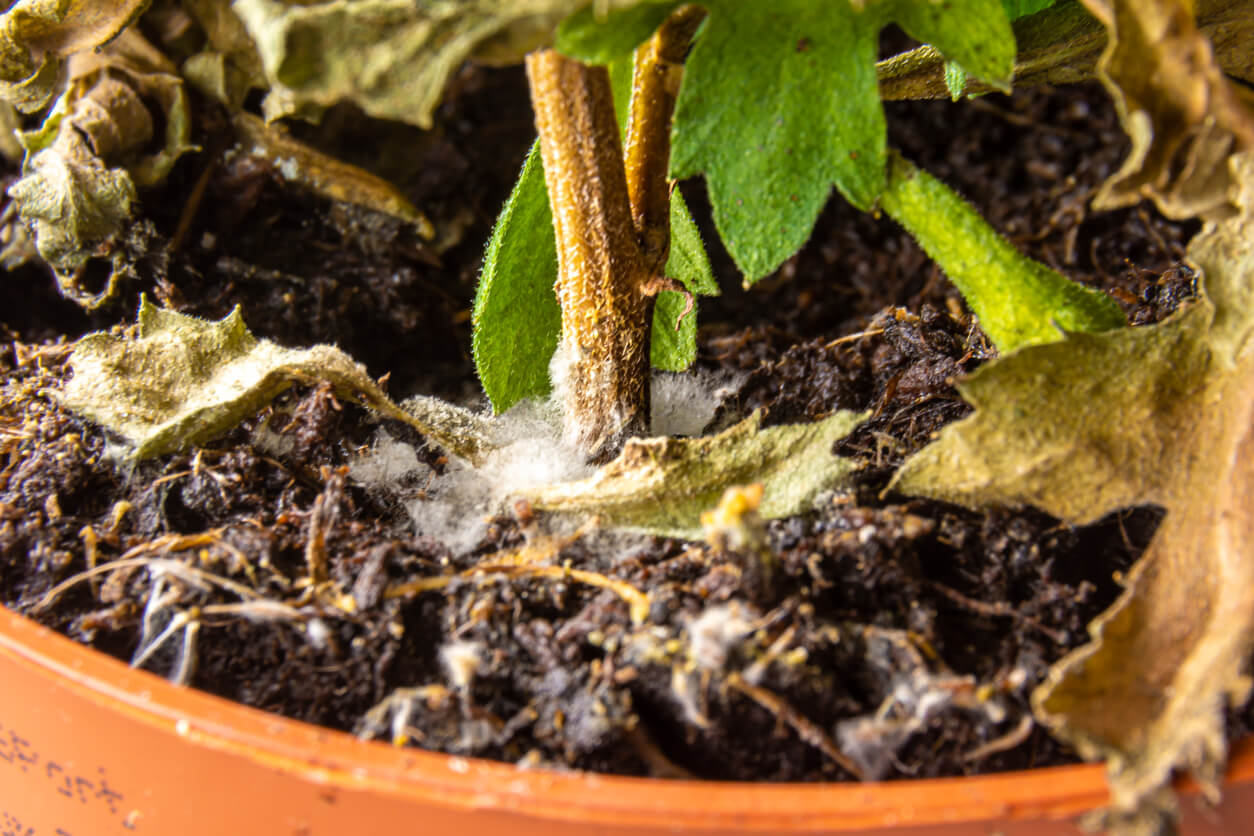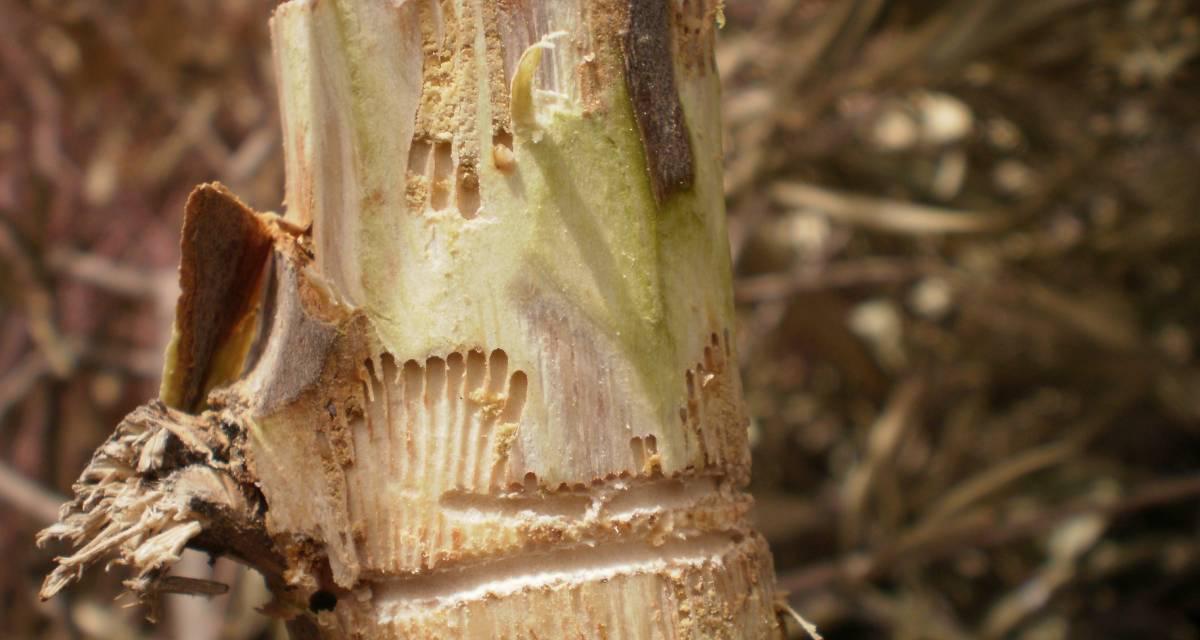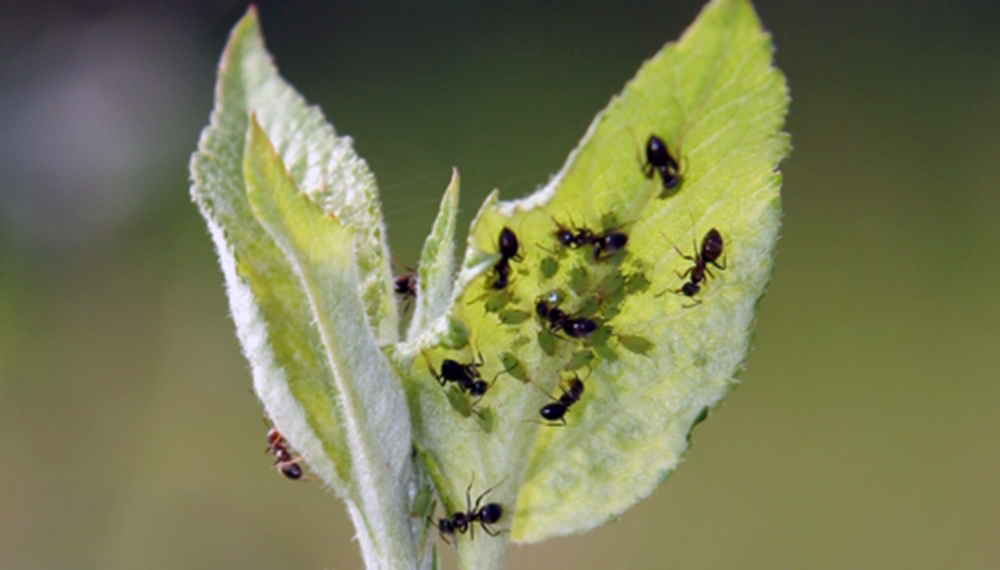
Banana mealybug
WHAT IT IS AND HOW TO ELIMINATE
Platanera
Banana mealybug
Dysmicoccus grassii
Pathogen:
Insect
Type:
Risk to the plant:
HIGH
Cochinillas

WHO CAUSES IT?
Dysmicoccus grassi is a hemipteran insect of the Pseudococcidae family, commonly known as banana mealybug. It is a pest with a soft body covered in a white waxy substance, which gives it a cottony appearance. Females are parthenogenetic, that is, they can reproduce without the need for males, depositing large quantities of eggs in crevices of the pseudostem, roots and at the base of the leaves. Upon hatching, the nymphs begin their development by feeding on the plant sap. They go through several stages before reaching maturity, at which point they disperse to other parts of the plant or even to nearby crops. These insects can form dense, protected colonies under the wax they secrete, making them difficult to control. In addition, they excrete honeydew, a sticky substance that attracts the proliferation of fungi such as sooty mold and creates an environment conducive to the infestation of other secondary insects.
SYMPTOMS
The banana tree affected by Dysmicoccus grassi suffers weakening due to the constant suction of sap by the pest. This damage affects plant development and can significantly reduce fruit production. The accumulation of molasses and the presence of sooty mold interfere with photosynthesis, aggravating the damage.
- Presence of white cottony masses on the pseudostem and the base of the leaves.
- Yellowing and progressive weakening of the leaves.
- Reduction of growth and deformations in the plant.
- Formation of sooty mold crusts on leaves and fruits.
- Poor production and reduction in the quality of bananas.
- Attraction of ants that feed on the honeydew excreted by the pest.
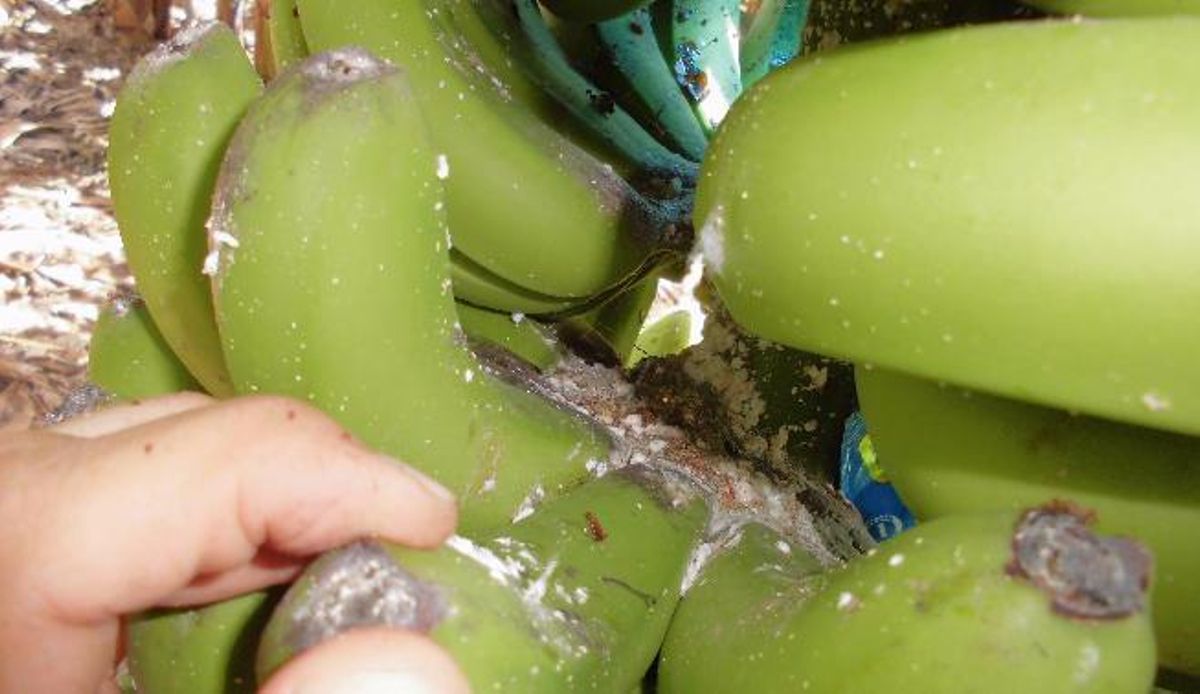
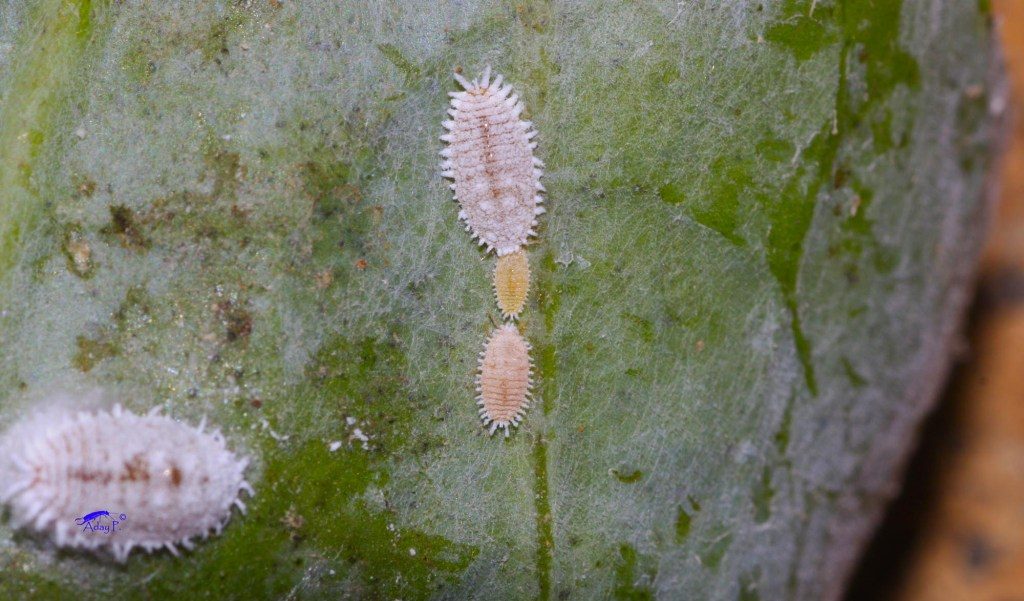
DEVELOPMENT CONDITIONS
Temperature:
20°C - 30°C
Humidity:
65% - 85%
HOW IS IT SPREAD?
Contaminated plant material, agricultural tools, contact between plants, vector insects, wind, movement of infested leaves and pseudostems
HOW TO ELIMINATE IT?
Home treatments
Natural allies
Chemical treatments
There are no treatments for this disease. Treatments are directed at the insect vectors that transmit it. See insect treatments.
RECOMMENDED PRODUCTS TO ELIMINATE THE PEST
Sponsored link
Sponsored link
Sponsored link
Sponsored link
Sponsored link
Sponsored link
Effective against all types of fungi
REPELLENT PLANTS
Rue, Mint
RECOMMENDATIONS
- Check your plants frequently, especially the stems and the back of the leaves.
- Wipe the leaves with a damp cloth to remove visible scale insects.
- Isolate new plants before putting them together with others.
- Spray your plants with a homemade mixture of water, potassium soap, neem oil and diatomaceous earth.
- Avoid excess nitrogen fertilizer, as it favors these pests.
- If the infestation is very large, cut off the most affected parts and discard them.
- In cases of serious infections, use an insecticide and follow the instructions.






















